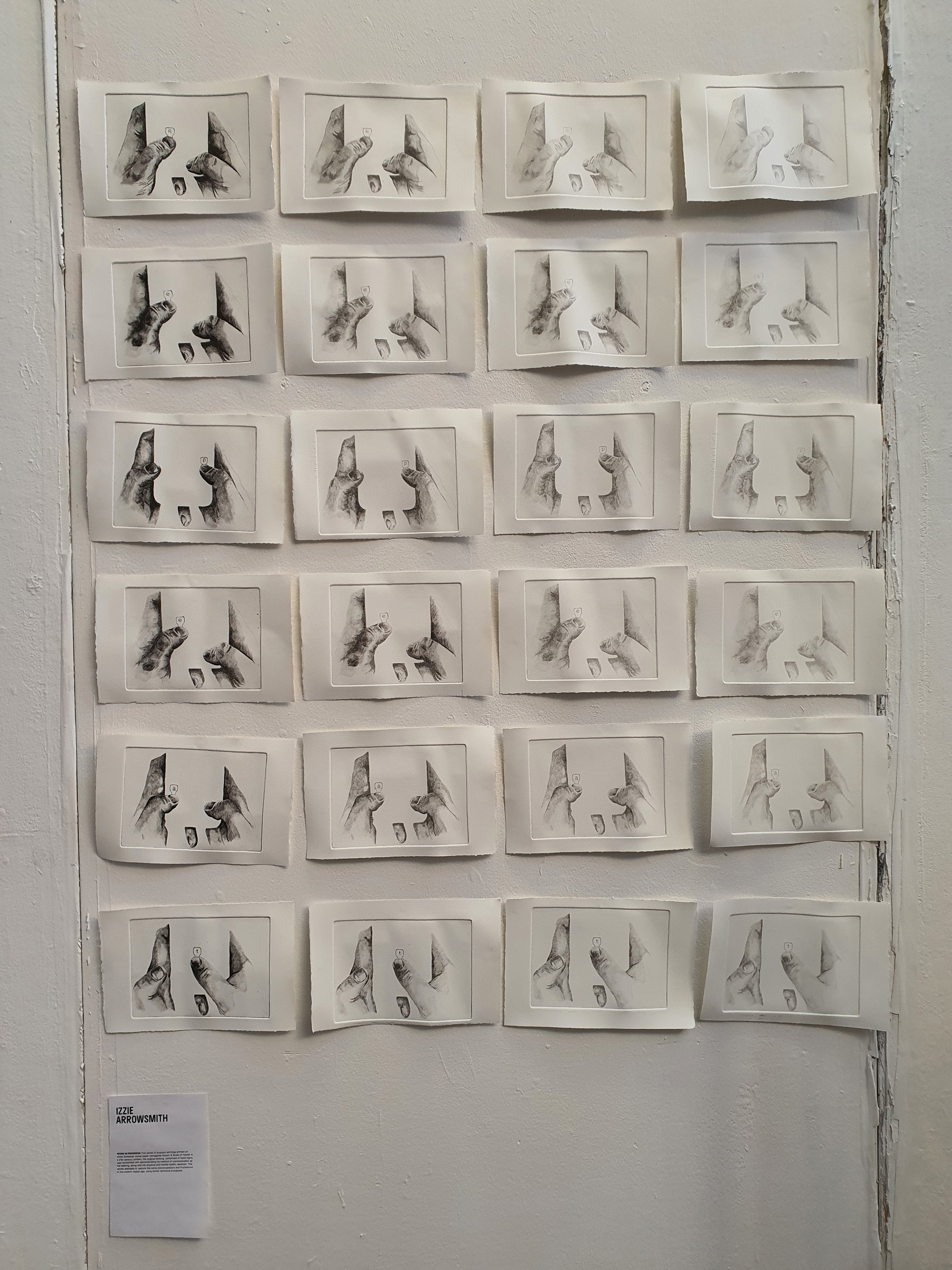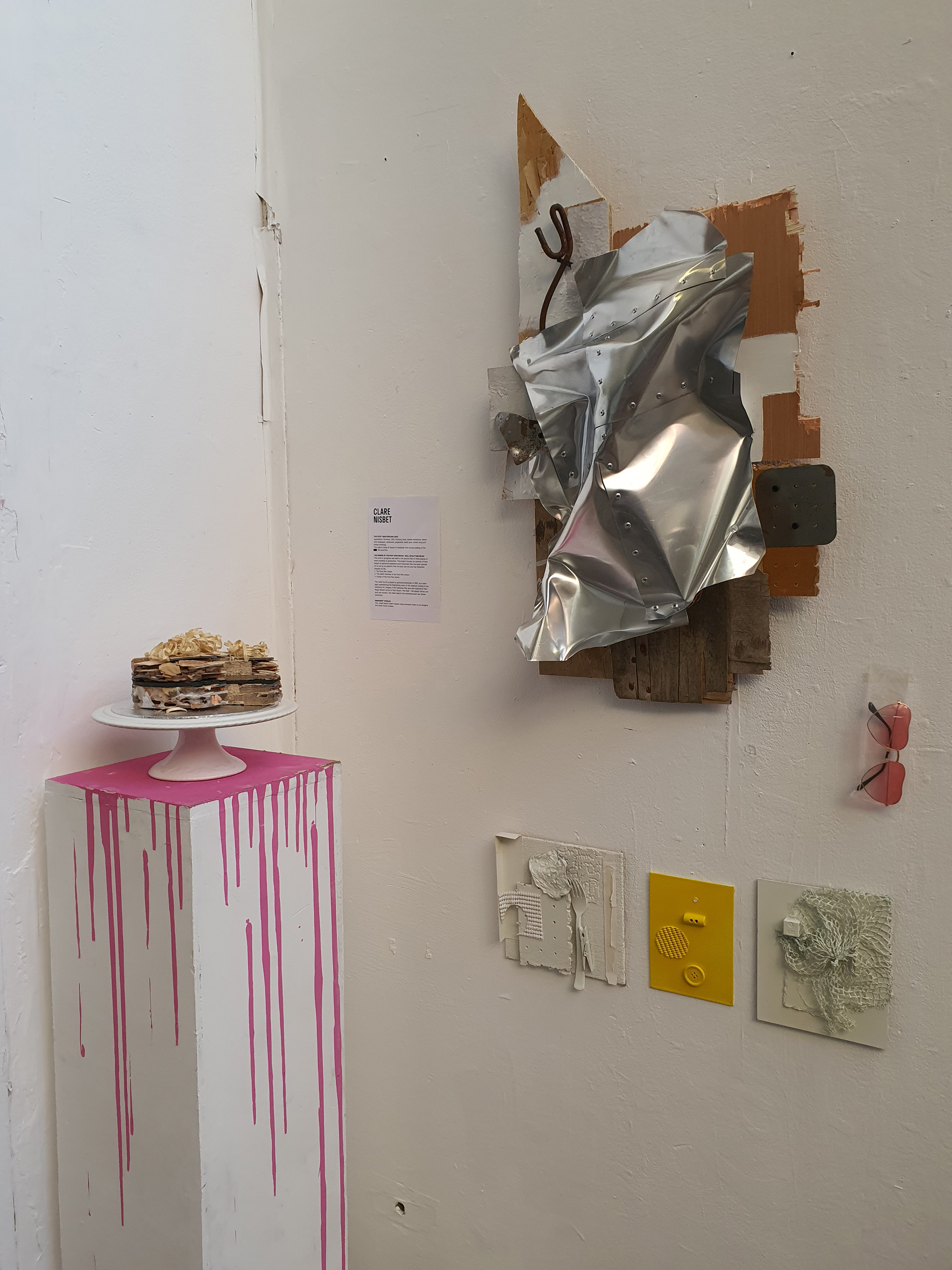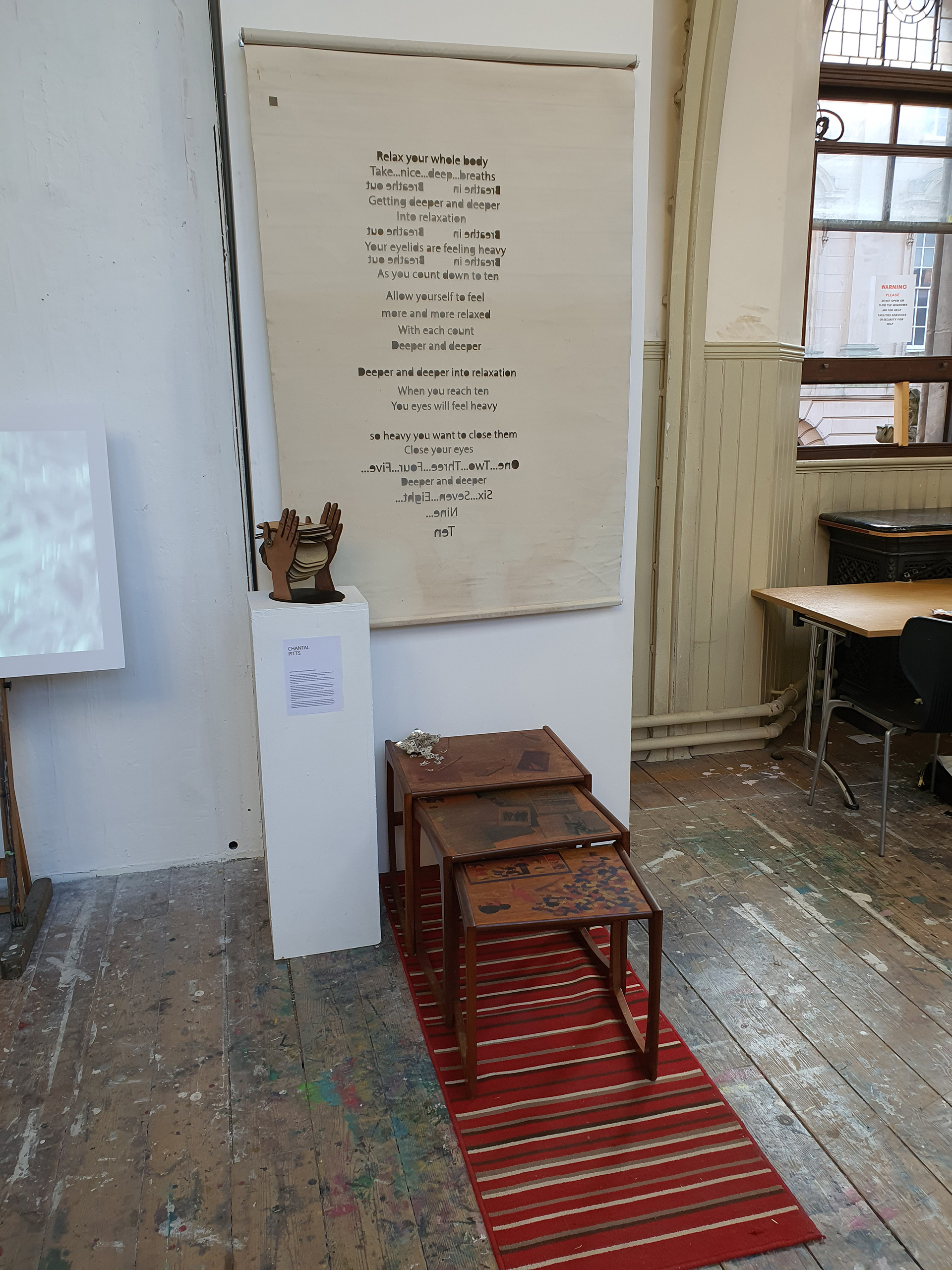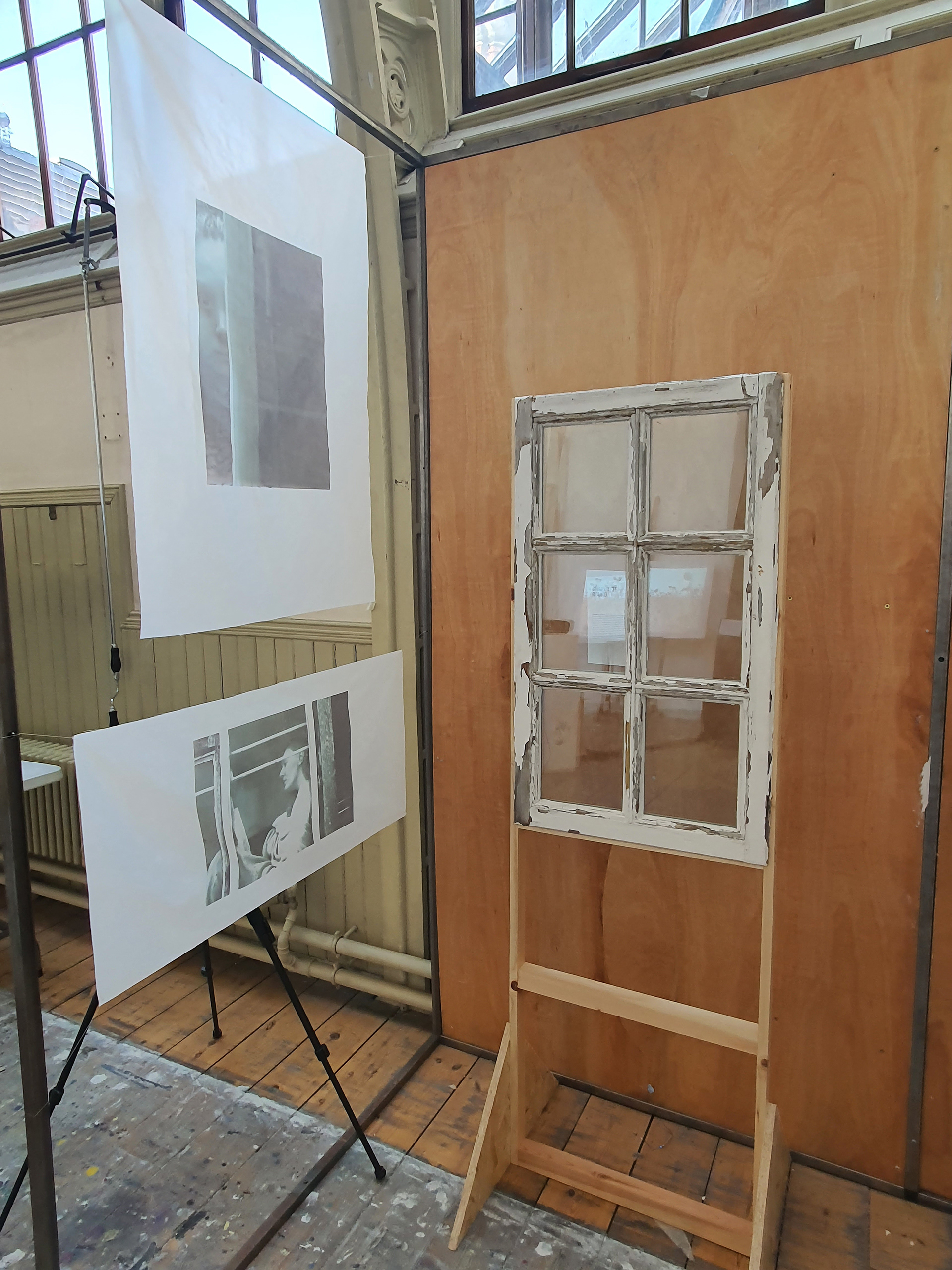Poster from event Invisible Cities in association with Osman Yousefzada, Selfridges and BCU
Photograph of my collaborative map piece for Invisible Cities (Front)
Photograph of my collaborative activity for Invisible Cities (Back), showing participants' postcard responses
Group activity with Osman Yousefzada
Photograph showing the workshop space within the Selfridges shopping mall
Vintage 35mm film photograph
3 digital layered manipulations of vintage film
Film trials using a waterproof Lumix DMC-FT5 camera, edited and manipulated on Rush
Film trials using basic dolly systems for movement, edited on Rush
Digital film layered on Premiere
Digital moodboard for project
Carl Jung's book Man and his Symbols, written by Jung after a dream he had communicating that he should write an accessible book for the masses before his death.
Print, perspex and digital photograph
Original 35mm vintage film image
'Birmingham Beermats', photographic work exhibited at Selfridges as part of Invisible Cities.
Steam films, layered over various other shots using Premiere.
Photograph of work from Night School 1: TV screen, bench and participatory question on the wall hanging.
Video documentation of G20 for Night School 1.
Word cloud of participants' responses to the question on the wall hanging.
River trials using waterproof camera and Rush in editing
Photograph of the process of river filming; showing camera vessel on fishing line.
'Ghost' layered video, using green screen technology and motion tracking in Premiere.
Time trial piece using Premiere editing
Panoramic view of the studio space for night school 2.




Original diagram of gallery space use.
Alternative spaces for my work
Video of a maquette for my video/sculpture piece for Night school 2.
Video of my work for NIght school 2: canvas, projection and easel.
The full film shown for Night school 2.
Video sketches showing river bed journeys, text trials and acetate image trials.
Puppet trials with different video effects to change lighting.
Edited, layered film of Allegory of the cave, using shadow puppets and auto narration.
Mirror set up to achieve ceiling projection
Round composition for ceiling projection with kaleidoscopic effect and whispered narration.
Further kaleidoscopic trails with 'fire' sound effects.
Final arrangement for Night school 3: bedsheets, ceiling projection, floor cushions and immersive, ambient sound.
InDesign labelling for exhibition
Video and sound montage of Magic Lantern Society Spring meeting, 2022.
Screenshot of Reaper editing.
Diagram of proposed space for MA show.
Initial projection trials in the space.
First kaleidoscopic projections in the space.
Aligning kaleidoscope angles with corner space
Projection using Inviscreen plastic
Maquette of kaleidoscope effect using mirrored corners.
Photograph of The Unfinished Conversation at the MAC
Space foil bean bag trial, using duck tape and sellotape double seams.
Time-lapse photography of the sky using colour filters and Premiere
Photography from a lecture on seeds in the Garden State space created at the MAC for Be Festival.
Close up from the map installation at the Key to the City ceremony venue at New Street Station.
Film footage of ceiling reflections, created using a paddling pool and sunlight.
Projection of the footage in situ for the exhibition.
Installation for the Beatrix Potter exhibition at the V&A Museum, London.
Health and Safety diagram and proposal for the curators of the MA show.
Visualisation of Khora for the MA show curators.
Test projection from the new corner to measure the height needed for mirrors.
Rough estimate of the size if the film is shown at original 16:9 ratio (white card) versus size of a square film (tape)
You are invited to use the seating provided to relax and watch the film for as long as you wish. The film runs for 7.40 minutes and was shot at Cannon Hill Park, the River Rea and surrounding green areas.
Lightbox labeling outside the installation.
Video stimulation of the final film (to be played on loop and best experienced through headphones)